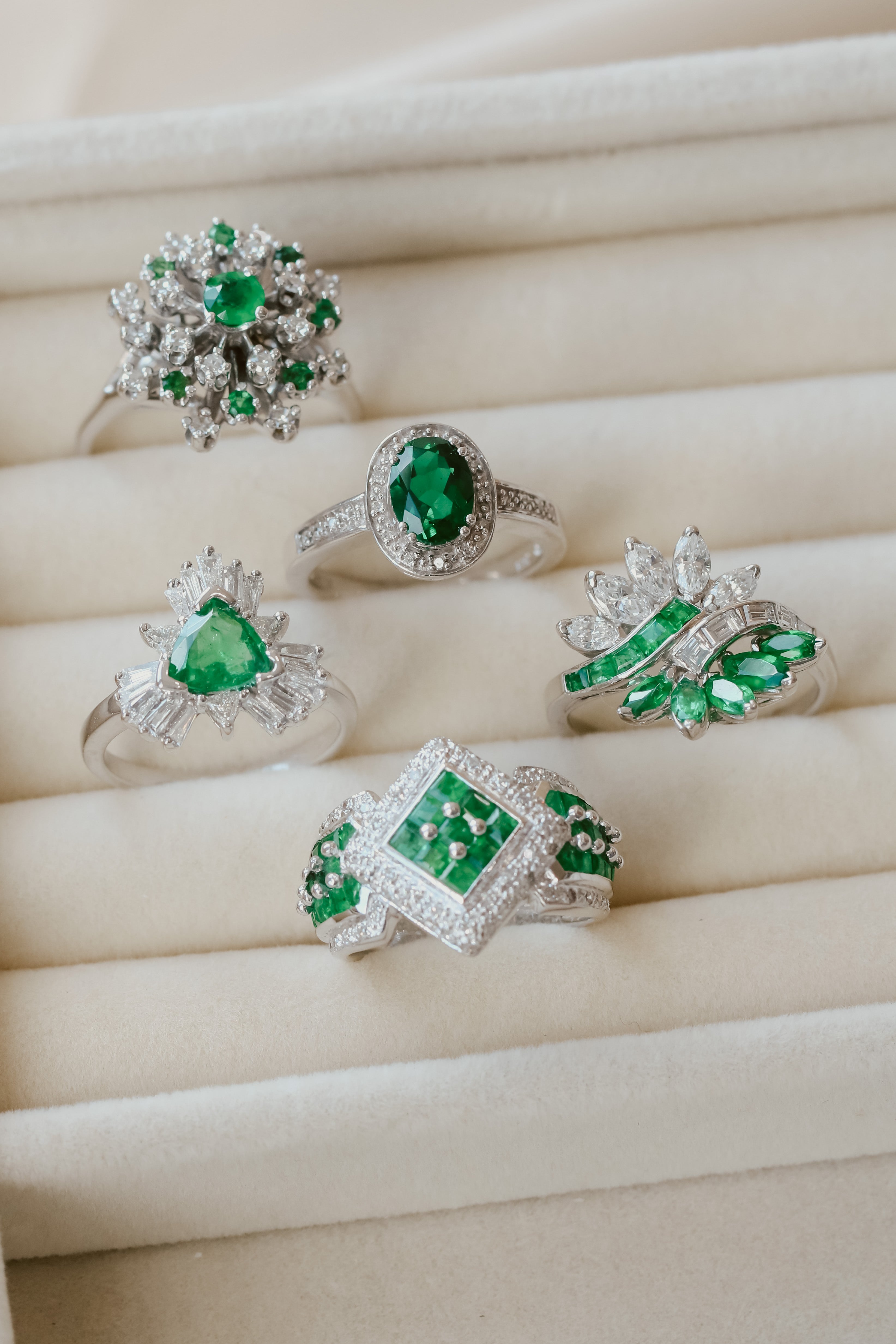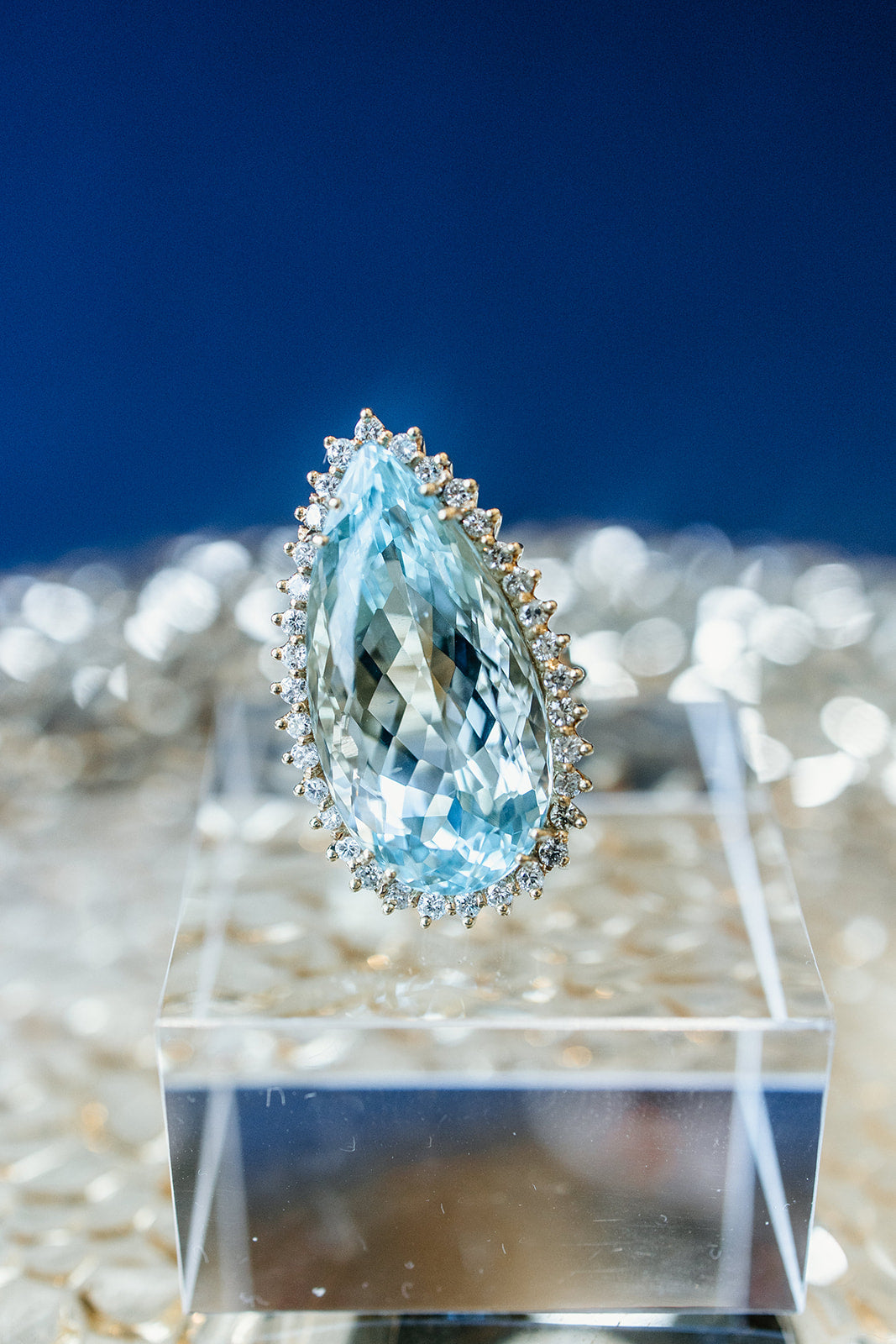
The Age of Aquamarine: A Guide to March's Birthstone
In this month's birthstone blog, we'll explore the world of aquamarine. March’s birthstone captures the purity associated with its elemental namesake, water. Treasured for its translucent blue hue, aquamarine is as captivating as a crystal-clear lagoon. Let’s dive deeper into the history, characteristics, and care of aquamarine.

Aquamarine History and Lore
Aquamarine gets its name from the Latin words aqua (water) and marine (of the sea). The first record of aquamarine use is between 480-300 B.C. In ancient times, aquamarine was known as the “Sailor’s Stone,” as it was believed to protect sailors from harm while at sea. During the 20th century, notable aquamarines were gifted to First Lady Eleanor Roosevelt and Queen Elizabeth II from Brazilian government officials.
During a presidential visit to Brazil in 1936, First Lady Eleanor Roosevelt was given a 1,298 carat aquamarine from the government of Brazil. This hefty gem is now kept at the Franklin D. Roosevelt Presidential Library and Museum.
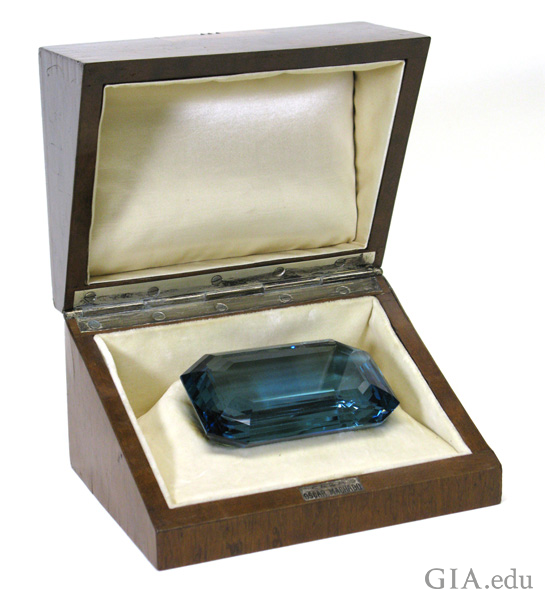
In 1953, the Brazilian president gifted Queen Elizabeth II with an aquamarine necklace and pair of earrings. This coronation gift later inspired the Queen to commission the creation of an aquamarine and diamond tiara. Over the years, the Queen was gifted more aquamarines from Brazil, some of which were added to her tiara.
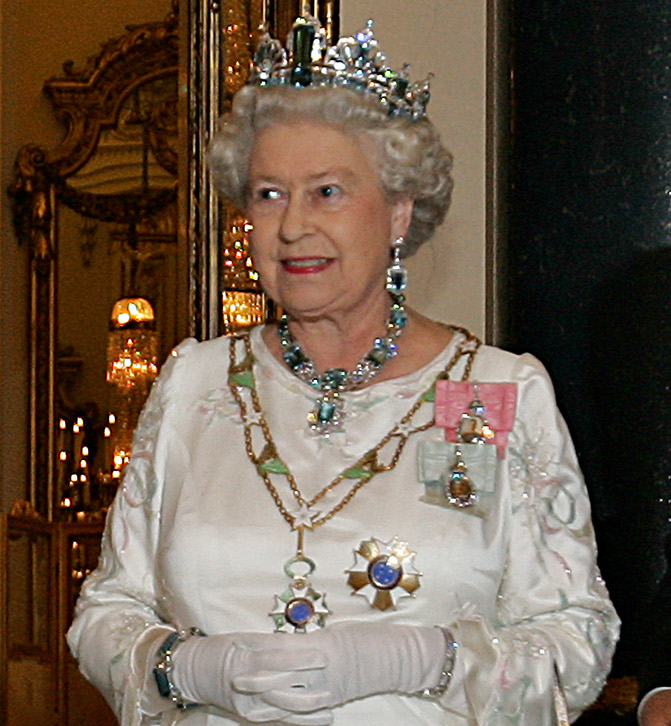
Aquamarine Characteristics
Like emeralds, aquamarine is a variety of the mineral beryl. Its coloration runs the spectrum of green-blue to light blue. Aquamarines that have a greenish tint undergo heat treatment to produce its desirable and stable light blue color. The bluer the aquamarine, the more valuable it is. Aquamarine has a hardness of 7.5-8 on the Mohs scale, making it suitable for a ring stone. Top-producing aquamarine mines are located in Brazil, Pakistan, and Nigeria. Aquamarine has also been found in North Carolina and Colorado, as well. Aquamarine in its natural, uncut form can be a striking addition to your gemstone collection.

Aquamarine Information
| Family | Beryl |
| Hardness | 7.5 -8 |
| Color | Green-blue to Light blue |
| Treatment | Heat Treatment |
| Top Countries of Origin | Brazil, Pakistan, Nigeria |
Aquamarine Care
Like many gemstones, aquamarines should be worn with care. Avoid exposing the stone to abrasive surfaces/activities that might scratch the surface. Never put aquamarine jewelry in an ultrasonic cleaner or steam cleaner. You can use warm water and mild soap to gently clean your aquamarine jewelry.
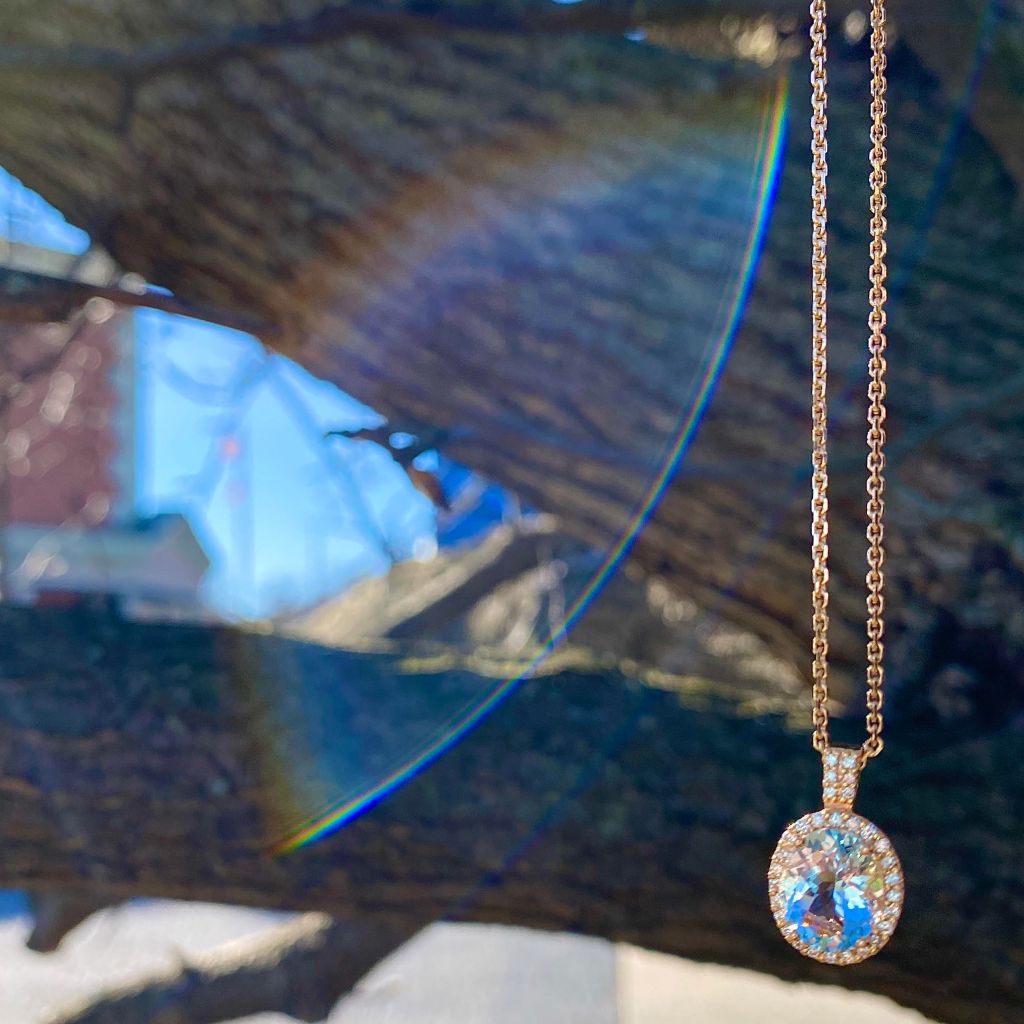
You can shop our aquamarine jewelry here.
